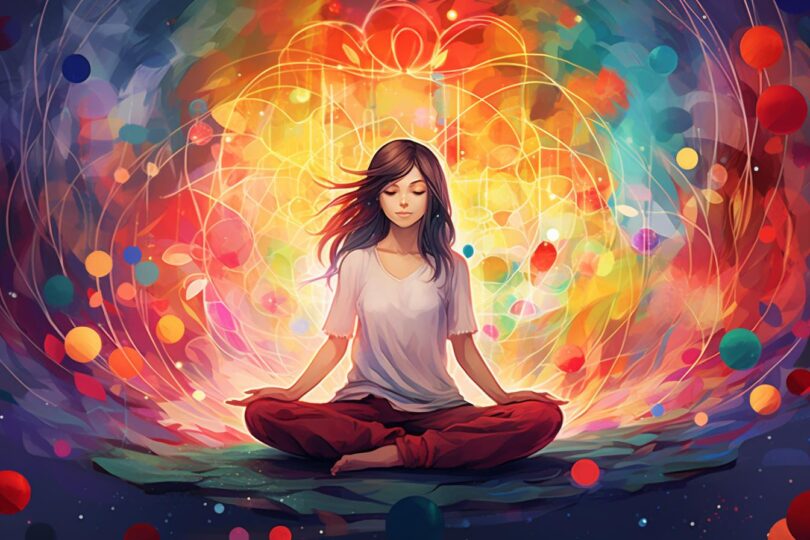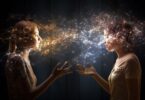Table of Contents
Introduction
The concept of a human aura has been a topic of fascination and study for centuries. It’s believed to be a field of subtle, luminous radiation surrounding a person, reflecting their energy, emotions, and even health. The aura colors can vary significantly, with each hue offering insights into different aspects of well-being.
The Aura’s Colors
1. Red
- Associations: Vitality, strength, passion, courage.
- Interpretation: A predominantly red aura suggests a personality full of energy, competitiveness, and zest for life. However, it can also indicate anger or stress.
2. Orange
- Associations: Creativity, confidence, sociability.
- Interpretation: Orange auras denote a joyful, outgoing nature. These individuals are often adventurous, but a murky orange can suggest pride or deceit.
3. Yellow
- Associations: Optimism, intellect, playfulness.
- Interpretation: A yellow aura reflects positivity, often found in playful, intellectual, or optimistic individuals. A dull yellow may indicate over-analysis.
4. Green
- Associations: Growth, balance, healing.
- Interpretation: Green is the color of balance and growth. It’s seen in caring, nurturing individuals. Green can also signify jealousy or uncertainty.
5. Blue
- Associations: calmness, clarity, communication.
- Interpretation: Blue auras are a sign of calm and collected energy, often found in effective communicators. A very dark blue might suggest an unwillingness to face the truth.
6. Indigo
- Associations: intuition, spirituality, higher consciousness.
- Interpretation: Indigo points to deep intuition and spirituality. These individuals are often in tune with their inner wisdom but perceived as detached.
7. Violet
- Associations: Vision, imagination, etherealness.
- Interpretation: Violet auras signify a visionary, magical personality. They’re often seen in highly creative and imaginative individuals.
8. Pink
- Associations: Love, purity, kindness.
- Interpretation: A pink aura indicates a compassionate, nurturing personality. It often suggests a romantic or artistic nature.
9. White
- Associations: Purity, truth, simplicity.
- Interpretation: White auras reflect purity and simplicity. They are often associated with new beginnings or spiritual awakenings.
10. Black
- Associations: Protection, mystery, transformation.
- Interpretation: While often seen negatively, black auras can indicate a protective nature. It might also suggest unresolved personal problems.
The Aura Layers
The aura is not just a single layer of color but consists of multiple layers, each representing different aspects of the individual.
- The Etheric Layer: Closest to the body, reflecting physical health and well-being.
- The Emotional Layer: Reflects the individual’s emotional state.
- The Mental Layer: Shows thoughts, beliefs, and mental processes.
- The Astral Layer: Represents love and relationships.
- Communication and expression are associated with the Etheric Template.
- The Celestial Layer: Reflects access to higher states of consciousness.
- The Ketheric Template: The strongest layer, representing spiritual wellbeing.
Reading auras
Aura reading is an art that requires practice and intuition. It involves not just seeing the colors, but also interpreting them in the context of the individual’s life and circumstances. Some people are naturally sensitive to auras, while others can learn to perceive and interpret these energies with training.
If you have a news tip, correction or comment, let us know at: [email protected]







